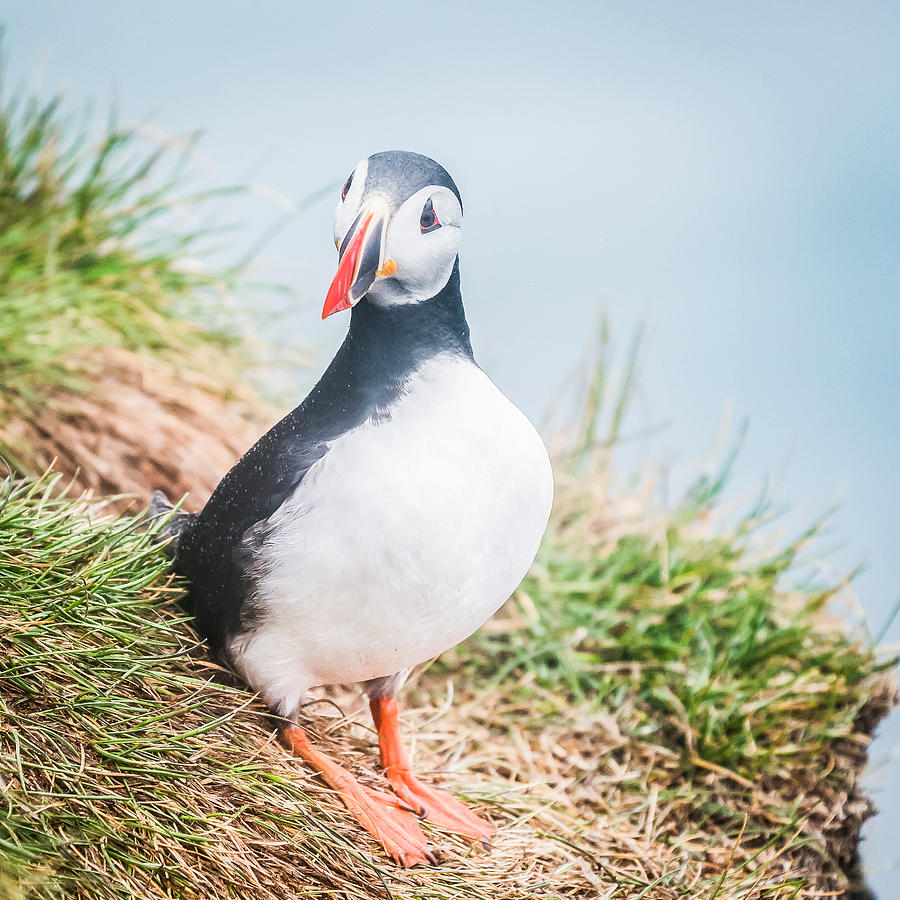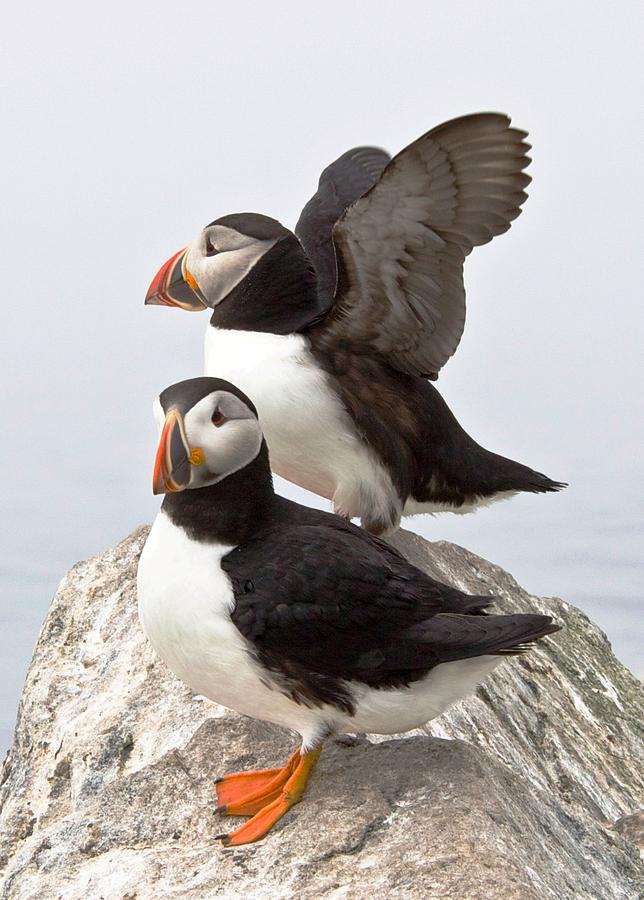

Currents can spread out the ice into widely scattered pack, making bear sightings less likely. Mists often come in to reduce visibility. It is important to patient, enjoy the whole experience, with a bear sighting being the icing on … the pack ice! Conditions can change quickly. Other times two days can be spent exploring the pack without seeing a bear. Sometimes a bear is seen quickly, sometimes it takes a few hours, sometimes it takes most of the day. What is crucial is to bring binoculars to enjoy and observe the Polar Bear in the heart of their realm, the pack ice, whatever the distance. Sometimes they are at a distance, sometimes a few hundred metres away, sometimes they come right up to the ship. Seabirds feed along the edge, that can also be good for Harp Seals, and whales. It is a unique and unforgettable experience to explore the pack ice ‘at the top of the World’. The highlight of many Svalbard cruises is to explore the pack ice, and the best conditions occur when there is an obvious edge to pack ice to sail past, or calm seas where some ships go into the loose pack ice.

There are thought to be a number of factors behind this reversal of a previously increasing trend, and these include increased predation by gulls and skuas, the introduction of rats, cats, or other invasive species onto some islands used for nesting, reducing food supplies, and climate change. The other way they do this is by “billing” - the birds approach each other and then gently rattle their bills against each other, and action that is done regularly throughout the breeding season.Īlthough there are some 11 million adult puffins in the North Atlantic (with over 90% of these in northern Europe) their status has been listed as “vulnerable” due to a rapid decline in bird numbers in recent years. Puffins are monogamous, and repairing and rebuilding burrows is part of how the birds re-establish their pair bond. They use burrows, with the most sought after being in grassy banks just behind a clifftop where they can take off and land most easily. In spring, puffins return to land, gathering in large colonies at the place of their birth. They keep themselves facing into the wind, even when they are asleep, and must spend substantial parts of each day preening their feathers, recoating them with waterproof oil from their preen gland. Outside the breeding season, Atlantic puffins live a solitary life hunting for fish and bobbing about on the ocean’s surface. Fast swimmers and accomplished divers, puffins can catch and hold several fish at once thanks to their bill’s ability to hinge parallel, rather than pivoting, as well as small backward-facing serrations that stop the prey from slipping out. It’s rare to see a puffin in this condition, though, as once the breeding season has finished they head out to sea where they stay until the following spring.įar from just being decorative, a puffin’s bill is a powerful tool for hunting. After breeding, the birds molt and lose some of the bright facial colorings and the bill appears to darken. The puffin looks at its finest when wearing its summer breeding plumage. Half red-orange, half grey, and with a yellow band in between the two colors and a yellow rosette where it meets the face, this is the feature of the puffin that is familiar to most people.

A member of the auk family, the Atlantic puffin (also known as the common puffin) is most known for its brightly colored bill. The puffin is one of the most-recognized and most-loved seabirds in the world.


 0 kommentar(er)
0 kommentar(er)
